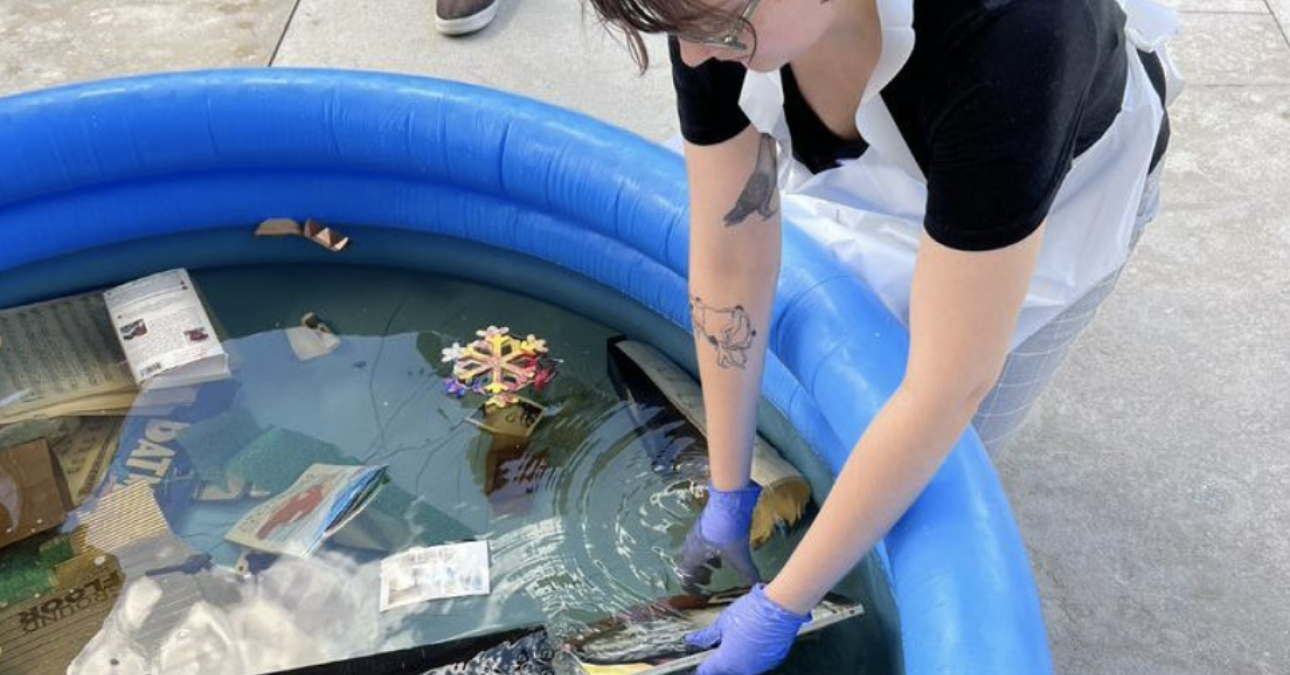
National Preparedness Month: Helpful Tips from CCAHA
Every September, CCAHA takes part in National Preparedness Month, FEMA’s annual effort to encourage Americans to be ready for disasters or emergencies in their homes, businesses, and communities. At CCAHA, where Emergency Planning & Response is an important component of our Preservation Services program, we use this opportunity to highlight our offerings to help institutions safeguard their collections.
Year-round, CCAHA’s Preservation Services Office collaborates with libraries, archives, museums, and other organizations to develop emergency response guidelines and detailed emergency plans so they will be ready before disaster strikes. We asked CCAHA's Director of Preservation Services Dyani Feige to run down the top things to consider when developing your emergency plan.
-
Know your risks! Any emergency plan and/or preparedness measure will be more impactful if it is tailored to your organization and collection’s particular situation, including vulnerabilities. This might mean something as involved as an external consultant conducting a risk assessment (CCAHA is accepting applications now for a significantly subsidized risk assessment and emergency plan program) or a comprehensive internal assessment, or as basic as just recalling where the windows tend to leak most frequently and having plastic sheeting available near that spot.
-
Collaborate with others. If you make “institutional friends” with other nearby organizations, you can possibly help one another in the event of an isolated emergency or disaster. You could develop a shared supply cache, use each others’ space if collections need room to dry out, and look into joining or establishing an Alliance for Response network.
-
Know the available resources. There are organizations, companies, specialists, and service providers out there than can help in the event of an emergency or disaster, and it’s helpful to gather that information in one place before you actually need it. Many of those vendors and service providers are listed in CCAHA’s National Resource Guide for Disaster Preparedness.
-
Have a supply kit. Having basic items available will help you address some straightforward incidents—like an isolated leak—more efficiently. Kits should be located in close proximity to collections storage and ideally, if you have collections stored in more than one space, you’ll have more than one kit on hand as well. Some ideas of what to include in a comprehensive kit are available here.
-
Have a plan—any plan. If you’re just getting started putting together emergency plans for your organization, don’t be discouraged by thinking you need to develop a 100-page binder full of information. One excellent template for a quick-response guide is available from the Council of State Archivists—it’s designed to be printed on one piece of paper and fold down to fit in a wallet! CCAHA can help you develop a plan as well—both with direct assistance through our planning program and with a number of recorded webinars on the topic.
Top: A participant practices salvaging a study collection of objects from a pool of water at a training held earlier this month at the Barnes Foundation in Philadelphia.